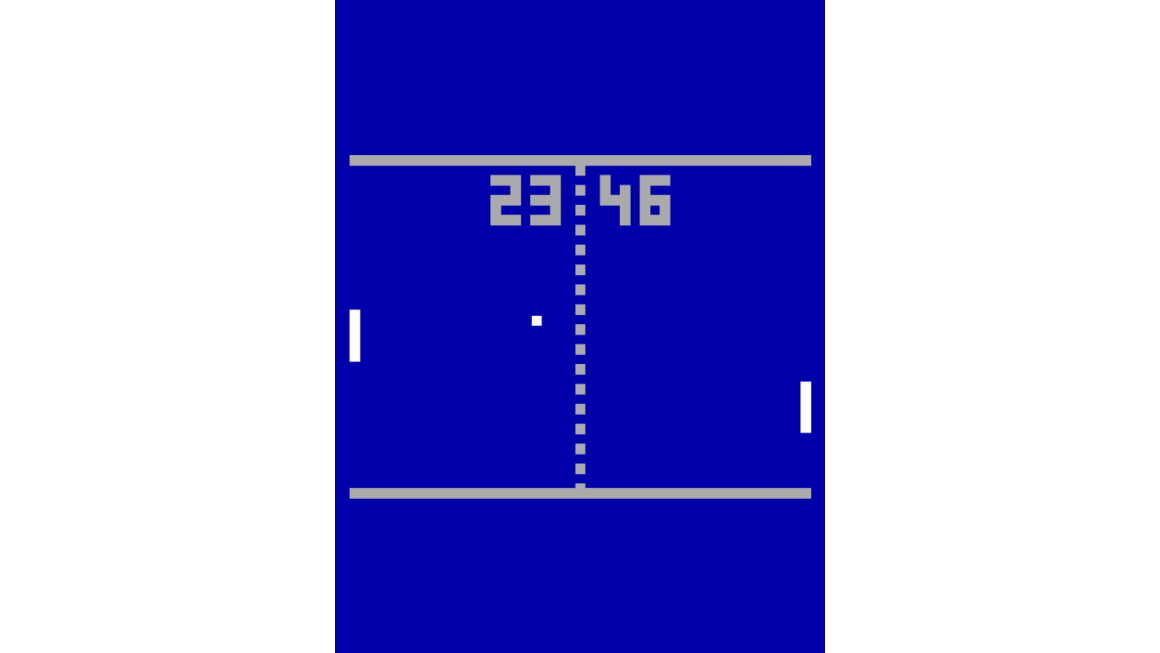Emeritus Pong

Emeritus Pong is a clone of the good old "Pong" game. It tries to be relatively close to the original, therefore no fancy graphic or astonishing sound effects there. Emeritus Pong is written to be able to run on any modern PC. There are three versions available: DOS, Windows and Linux. Emeritus Pong features also a cool demo mode, which makes it playing against itself, displaying the current time as scores.
The game is programmed to run flawlessly on any modern PC, but it will run on older architectures, too. A 90 MHz Pentium CPU and 2 Mb of RAM should be enough to run comfortably the DOS version. Emeritus Pong may run in any usual resolution, ranging from 320x240 to 1280x1024, fullscreen or windowed. If you would like to use any other video mode (not available from the game's setup), you will have to manually edit the empong.cfg configuration file.
Windows and Linux versions require a sound card for sound, and DOS version simply uses the internal PC Speaker.
See all Specs  Super Vadimka X2
Previous
Super Vadimka X2
Previous

Emeritus Pong is a clone of the good old "Pong" game. It tries to be relatively close to the original, therefore no fancy graphic or astonishing sound effects there. Emeritus Pong is written to be able to run on any modern PC. There are three versions available: DOS, Windows and Linux. Emeritus Pong features also a cool demo mode, which makes it playing against itself, displaying the current time as scores.
The game is programmed to run flawlessly on any modern PC, but it will run on older architectures, too. A 90 MHz Pentium CPU and 2 Mb of RAM should be enough to run comfortably the DOS version. Emeritus Pong may run in any usual resolution, ranging from 320x240 to 1280x1024, fullscreen or windowed. If you would like to use any other video mode (not available from the game's setup), you will have to manually edit the empong.cfg configuration file.
Windows and Linux versions require a sound card for sound, and DOS version simply uses the internal PC Speaker.
| First Release Date | 2008-12-31 00:00:00 |
|---|
Play your PC games anywhere
whether you're in another room
or miles away from your gaming rig.
or miles away from your gaming rig.

